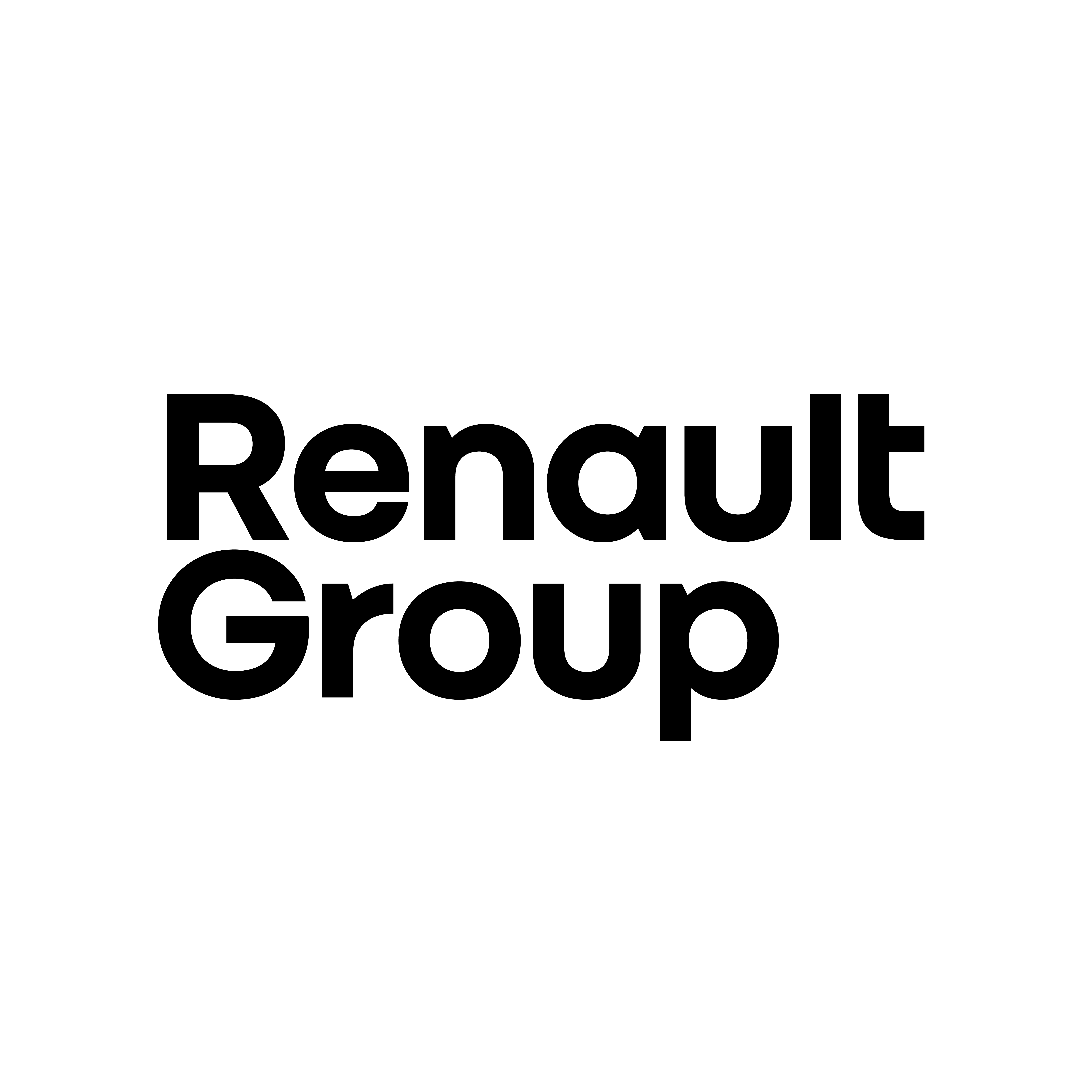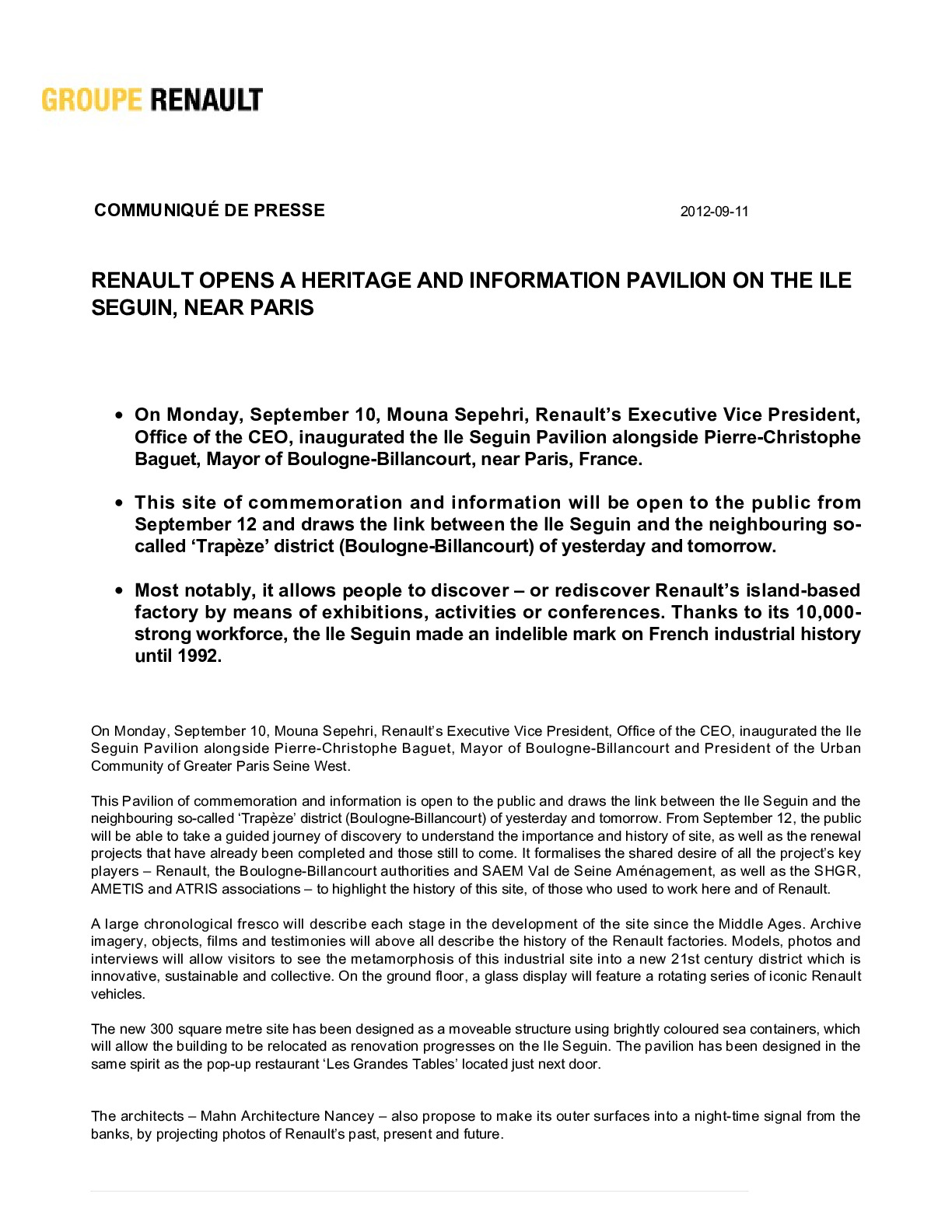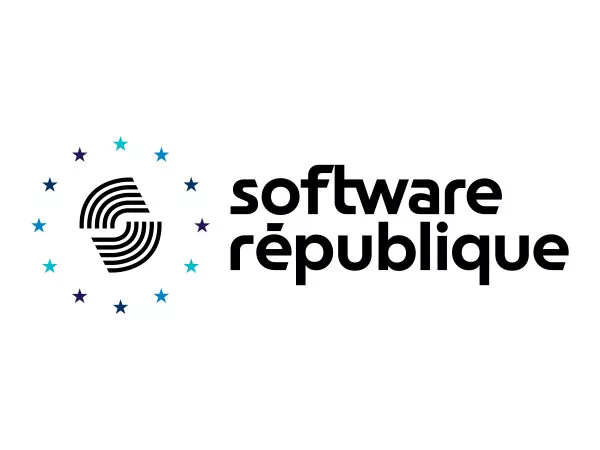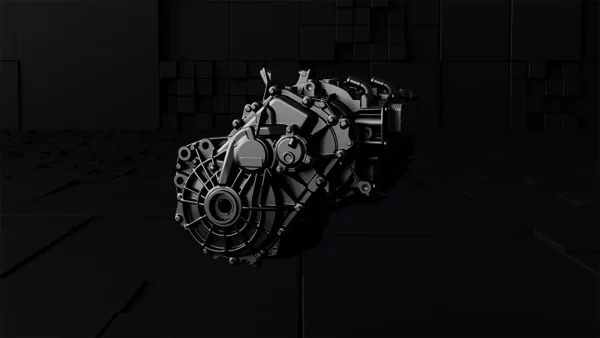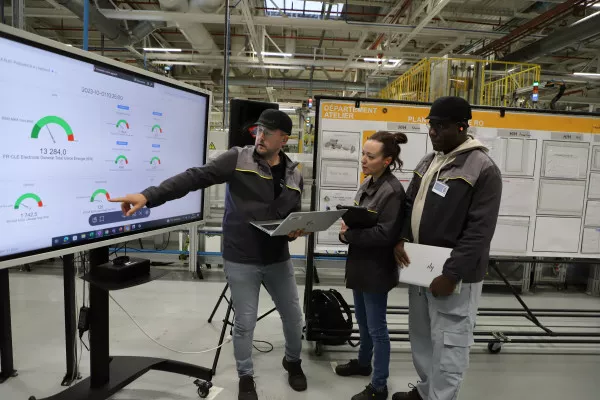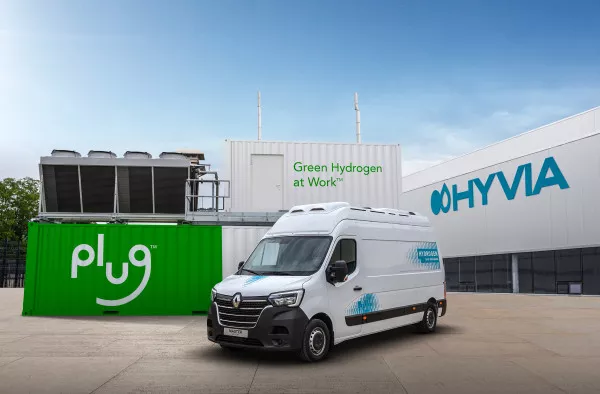Renault opens a heritage and information pavilion on the Ile Seguin, near Paris
11 September 2012 14:00
- On Monday, September 10, Mouna Sepehri, Renault’s Executive Vice President, Office of the CEO, inaugurated the Ile Seguin Pavilion alongside Pierre-Christophe Baguet, Mayor of Boulogne-Billancourt, near Paris, France.
- This site of commemoration and information will be open to the public from September 12 and draws the link between the Ile Seguin and the neighbouring so-called ‘Trapèze’ district (Boulogne-Billancourt) of yesterday and tomorrow.
- Most notably, it allows people to discover – or rediscover Renault’s island-based factory by means of exhibitions, activities or conferences. Thanks to its 10,000-strong workforce, the Ile Seguin made an indelible mark on French industrial history until 1992.
On Monday, September 10, Mouna Sepehri, Renault’s Executive Vice President, Office of the CEO, inaugurated the Ile Seguin Pavilion alongside Pierre-Christophe Baguet, Mayor of Boulogne-Billancourt and President of the Urban Community of Greater Paris Seine West.
This Pavilion of commemoration and information is open to the public and draws the link between the Ile Seguin and the neighbouring so-called ‘Trapèze’ district (Boulogne-Billancourt) of yesterday and tomorrow. From September 12, the public will be able to take a guided journey of discovery to understand the importance and history of site, as well as the renewal projects that have already been completed and those still to come. It formalises the shared desire of all the project’s key players – Renault, the Boulogne-Billancourt authorities and SAEM Val de Seine Aménagement, as well as the SHGR, AMETIS and ATRIS associations – to highlight the history of this site, of those who used to work here and of Renault.
A large chronological fresco will describe each stage in the development of the site since the Middle Ages. Archive imagery, objects, films and testimonies will above all describe the history of the Renault factories. Models, photos and interviews will allow visitors to see the metamorphosis of this industrial site into a new 21st century district which is innovative, sustainable and collective. On the ground floor, a glass display will feature a rotating series of iconic Renault vehicles.
The new 300 square metre site has been designed as a moveable structure using brightly coloured sea containers, which will allow the building to be relocated as renovation progresses on the Ile Seguin. The pavilion has been designed in the same spirit as the pop-up restaurant ‘Les Grandes Tables’ located just next door.
The architects – Mahn Architecture Nancey – also propose to make its outer surfaces into a night-time signal from the banks, by projecting photos of Renault’s past, present and future.
The Ile Seguin and Renault - From 1919 , Louis Renault – whose workshops were located at this time on the right bank of the Seine, at Boulogne-Billancourt (the “Trapèze”), as well as on the left bank, at Meudon – progressively bought up the majority of the land on the Ile Seguin. - The factory was inaugurated on November 28, 1929. It was fully completed in 1937, covering almost the entire 11.5 hectares of the island. - Louis Renault’s factory didn’t work along the same lines as the Ford factories, which only produced a single vehicle. In fact, during the 1920s and 1930s, the factory was responsible for producing things as wide-ranging as different types of luxury cars, trucks, railway equipment and aircraft engines. - In 1936, the events of the Popular Front made the Ile Seguin the flagship for worker’s rights. During 50 years, the site remained at the forefront of social struggle. - 1947 saw the launch of the 4CV, the symbol of the democratisation of the automobile, and, in 1961 the R4, which was the emblem of mass production. At this time, the factory extended over seven floors, from the test track to the paint shop on the top floor. Inside, it was a miracle of organisation with 48 freight elevators, 33 conveyor belts and 6,570 metres of assembly line. - At the peak of the “floating factory” (1961-84), the island was running at full capacity. In 1968, it began working two shifts, with a total of nearly 10,000 people producing more than 1,100 vehicles a day. This cosmopolitan community, with its mix of male and female faces, was emblematic of French growth. - As production became increasingly robotised, the limitations of the island location no longer fitted the demands of new production processes. The factory’s closure was announced on November 21, 1989. - The Ile Seguin factory closed its gates for good on March 31, 1992 , with the end of the Express and Super 5 ranges. The final model produced in the factory was a Super 5. |
Sur le même sujet
